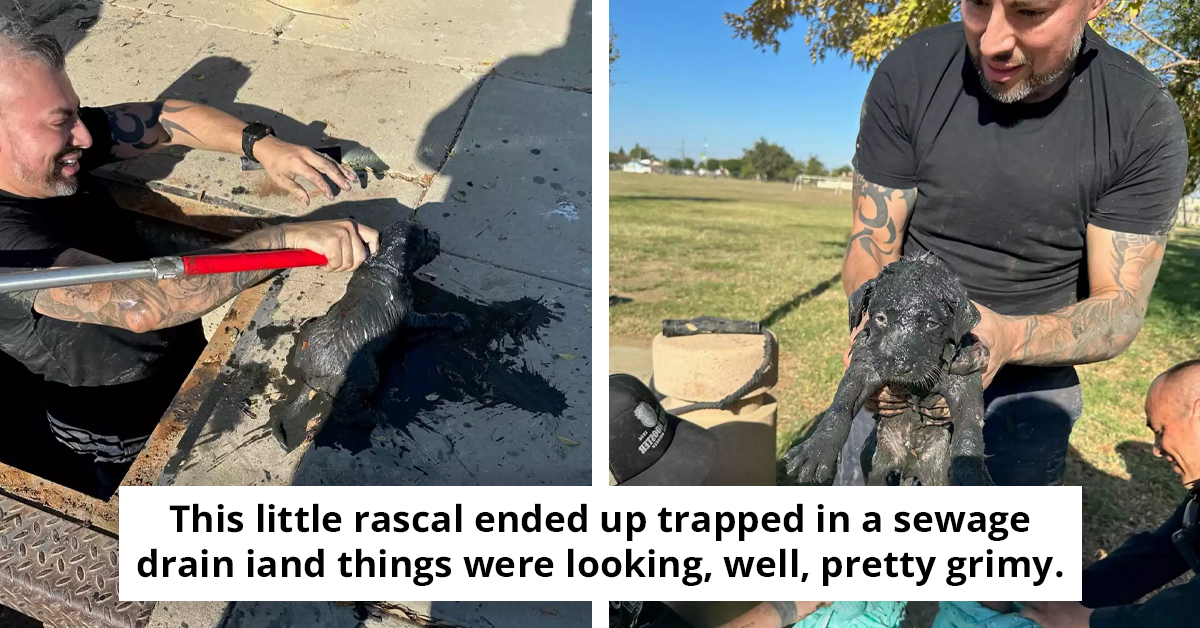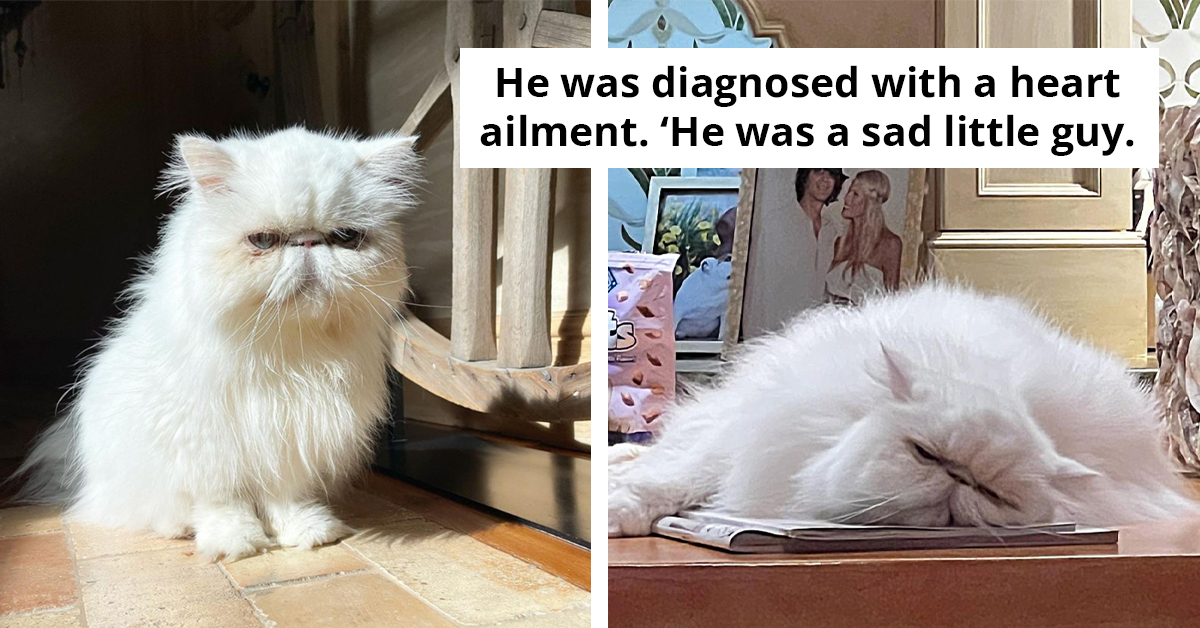Native Bird That Looks Like Salvador Dali Is Strikingly Beautiful
If you have ever watched the Netflix series "Money Heist," then you would recognize who Salvador Dali is—but even without the hype of the series, Salvador Dali has been famous long before because of his works that promote surrealism. It's one thing to see people impersonating this iconic figure, either through makeup or masks, but what if you see a resemblance to him in the form of a bird instead?
Well, meet the Inca Tern, the feathery counterpart of the Spanish artist. It is one of the world's most interesting and beautiful birds, one that you can't seem to get enough of.
It usually occurs along the Pacific Coast from northern Peru to the center of Chile. The bird's appearance is characterized by its dark gray body, red and orange claws and beak, and its white Dali mustache that can be found in both males and females.
They also occupy the same areas of habitat that were ruled by the ancient Inca Empire in South America. They tend to hover before diving for their prey, and they sometimes even steal pieces of fish from a sea lion's teeth.
However, the loss of nesting sites has depleted their populations quite quickly, and they have already been included in the "close to vanishing species" category. They can live up to 14 years in the wild and 20 years in captivity.
The Inca Tern is one of the many birds that are characterized by diverse features, including a long white mustache that looks just like the one on Salvador Dali.
Because of its great handlebar mustache, it is commonly compared to the iconic Spanish artist, Salvador Dali.

They are typically found along the Pacific coast of Chile and Peru, within nests on coastal cliffs and in small islands along the shore.
Their name is derived from the Inca Empire, which once ruled the land where these birds live. They are mostly found in the cold waters of the Humboldt Current, where they feed on small fish and anchovies.
Just like Least Terns, these birds tend to dive and dip at the surface when targeting their prey. They also like to steal or scavenge food from dolphins, sea lions, and some fishing boats.
One reason their population has been declining is due to the decreasing fish stock.

Their long white mustache aside, they also have other striking features such as their yellow wattles and bright red feet and beaks.
Unlike most birds, Inca Terns look exactly the same as males and females. They all wear the same plumage and the same mustache.
The mustache is said to be an indicator of their health status, which is important when they are choosing their mate. The pairs stay together throughout the breeding season—however, mates usually do not return together the following year.
Their calls are often described as the sound of a kitten, a loud "mew."

Unfortunately, Inca Terns have already been tagged as near-threatened species. Let us hope that the conservation efforts currently being made will be enough to save them from becoming endangered in the near future.
Comment down your thoughts, or share this peculiar bird with all your family and friends to see!



